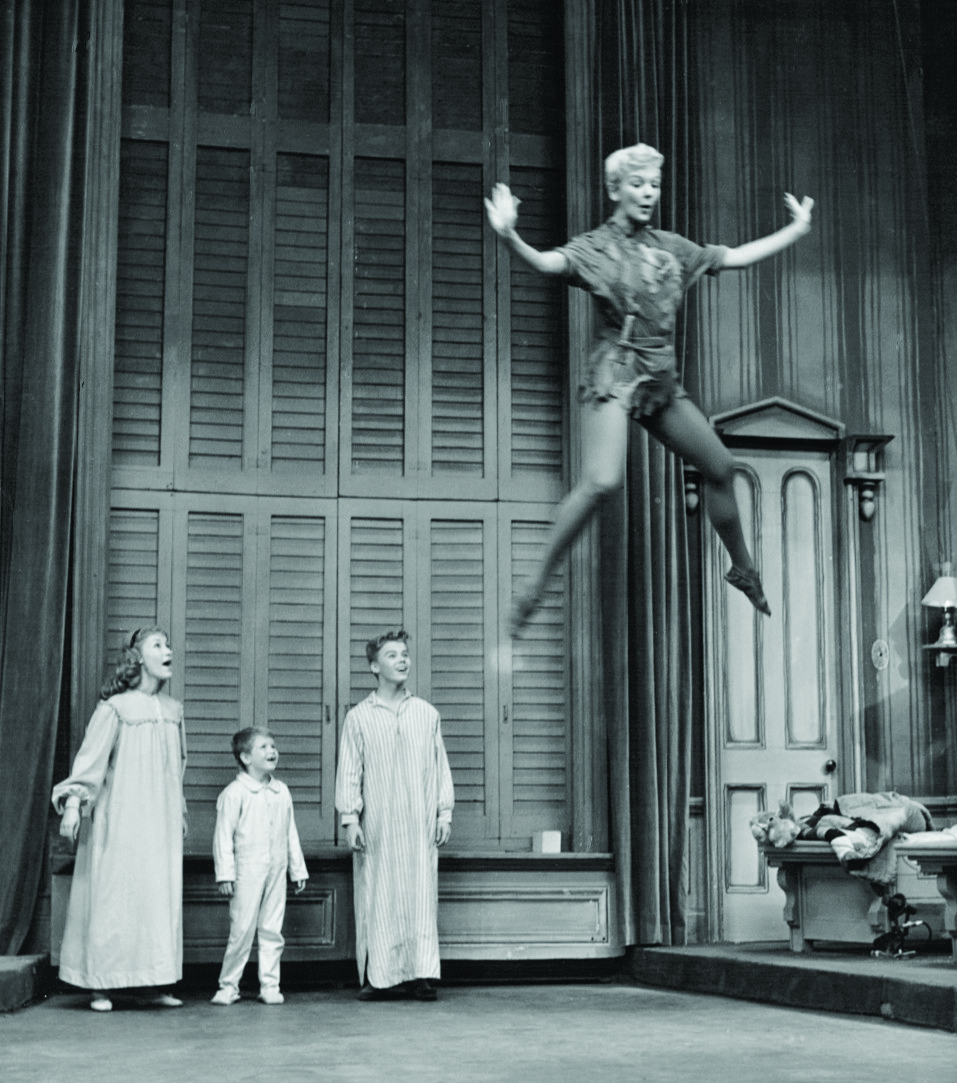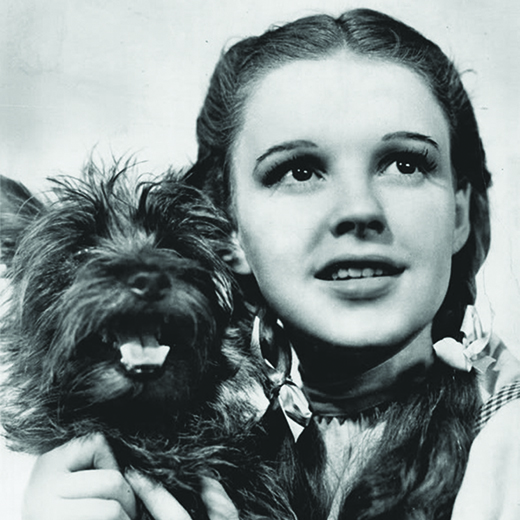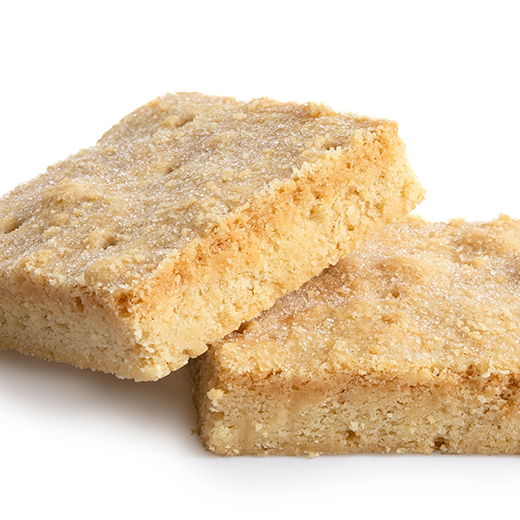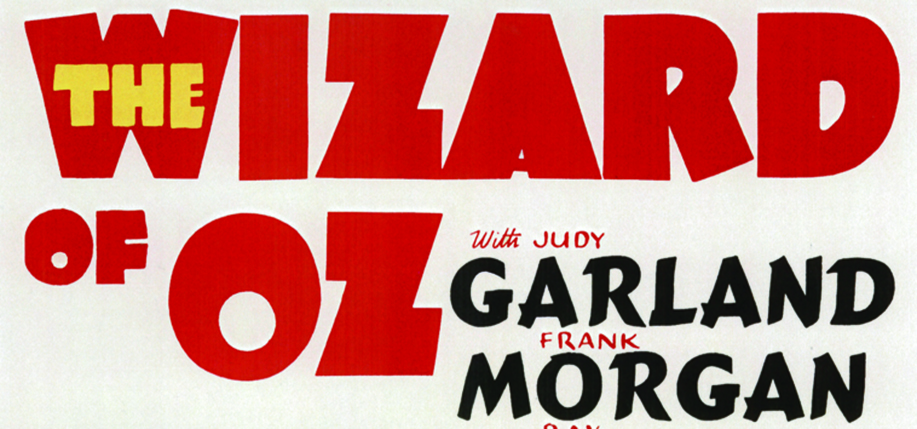Head back to Kansas with Dorothy, fly to Never Never Land with Peter Pan, and read about the two writers that gave us these wonderful characters.
It’s mid-November and we are solidly into my favorite time of year. After the clocks are turned back and it gets dark early, for a brief three months I invariably long for the halcyon days of my youth. Then all I had to worry about was doing my homework, practicing my piano music, and helping Mom with her holiday cookie-making marathon.
Serendipitously, the darkest days included the two-week winter school holiday, Christmas Eve, Christmas, my birthday, New Year’s Eve, and New Year’s Day. If I was really lucky, we’d have a blizzard. No matter if we didn’t, as the icy temperatures gave Mom a reason to keep me indoors and offered me an opportunity to indulge in my favorite winter activity – reading!
The dark days at the beginning and end of 1956 were especially wonderful. On January 9, Mom and Dad joined me in front of our black-and-white television to watch the smash hit Broadway musical Peter Pan air on NBC. In my mind’s eye, I can still see Mary Martin swinging through the air while chortling “I’ve Gotta Crow” after Wendy Darling sewed Peter’s shadow back on the heels of his shoes.
The next time the Philadelphia Library’s Bookmobile came to our neighborhood, I borrowed a copy of J. M. Barrie’s tale of Peter Pan, the boy who wouldn’t grow up and whose best friend was a fairy named Tinker Bell. For a week, I read about their adventures in Never Never Land. At night I dreamed I could fly because I’d been sprinkled with Tinker Bell’s fairy dust!
Born in Scotland and knighted for his contribution to English literature, Sir James Matthew Barrie’s talent for storytelling was apparent even as a child. The boy often used that skill to distract his mother from the grief she experienced after Barrie’s older brother died in a skating accident at only 14. Years later, after becoming a respected London playwright, Barrie met a family whose young sons inspired him to write the famous play about Peter Pan. When their parents died, Barrie, who was childless, became the boys’ guardian and he cared for them as if they were his own children. Before his death, Barrie turned over the rights for all his Peter Pan works to Great Ormond Street Hospital for Children. To this day, a statue of Peter Pan stands in the hospital’s garden.

As 1956 drew to a close and the dark days returned, they delivered another reading bonanza, again ushered in by television. On November 3, the original 1939 film The Wizard of Oz was broadcast on CBS. The opening sequences were in black-and-white, but when Dorothy stepped out of the house that had landed on the wicked witch, everything magically changed to brilliant color. I was instantly hooked on Oz.
On that week’s trip to the Bookmobile, I learned that unlike Barrie, who wrote mainly for the stage, L. Frank Baum had penned a treasure trove of stories – 14 books about the wondrous Land of Oz, plus 41 other novels, 83 short stories, over 200 poems, and at least 42 scripts for both stage and screen.
For Christmas 1956 I received a first edition of Baum’s fourth Oz book, Dorothy and The Wizard In Oz. Written shortly after the 1906 San Francisco earthquake, in this tale, while out buggy-riding Dorothy, her cousin Zeb, Jim (the buggy horse), and Dorothy’s independent (and delightfully snarky) cat Eureka are caught in a quake and fall through a crack in the earth to the land of the Mangaboo vegetable people. As the travelers try to convince the locals that they did not cause rocks to fall from the sky and damage the Mangaboos’ glass buildings, a hot air balloon descends, carrying the Wizard himself in its basket. And that’s all I’m going to tell you because I want you to enjoy reading about the group’s adventures yourself.
Although I read Dorothy and The Wizard in Oz so many times that the binding fell off, and I also read many other Oz books (adding several more first editions to my collection), there was one thing I never understood. Of all the colors in the rainbow, why was the Emerald City green? It finally made sense when I learned that L. Frank Baum was an Irish American.
A compulsive writer all his life, while still a child, he and his brother self-published a booklet of stories called The Rose Lawn Home Journal. When he began raising exotic Hamburg chickens, Baum wrote a book about the breed, and when he started collecting stamps he wrote two books about the hobby. As someone who enjoyed adulation, Baum was drawn to theater. His big success, especially with Irish audiences, was The Maid of Arran, a musical melodrama set on an island off the coast of Ireland, for which Baum wrote the script, the music, and acted in too.
In 1882, Baum married Maud Gage, daughter of Matilda Joslyn Gage, a renown women’s suffrage and feminist activist who may have inspired several strong female characters in the Oz books. When the threesome moved to the Dakota Territory, Baum opened a store, but sold so much on credit that it went bankrupt. Then he became editor of The Aberdeen Saturday Pioneer, but it too failed, motivating the family to move to Chicago. In the Windy City, Baum’s fortunes improved, first as a reporter for the Evening Post, then as founder and editor of Show Window. The magazine, which extolled the use of mannequins and props to merchandise department stores and their sidewalk windows, still exists as VMSD (Visual Merchandising & Store Design).

While in Chicago, Baum wrote his first children’s book, Mother Goose in Prose (1897), a collection of Mother Goose rhymes written as prose stories. Mother Goose was a moderate success, enabling Baum to publish Father Goose, His Book (1899), a collection of nonsense poetry that became the best-selling children’s book of the year. In 1900 when Baum was 44 years old, The Wonderful Wizard of Oz was published. It remained the best-selling children’s book for two years and has never been out of print.
For more than 100 years, the stories spun by J. M. Barrie and L. Frank Baum have enchanted millions of children (and adults too!). Now that the dark days have arrived, I suggest that you get all cozy with a plate of holiday cookies and read one of these fabulous tales, ideally aloud and snuggling with a favorite youngster. I’m betting it will be a winter’s day you will long remember. Sláinte!
Recipes:
Classic Scottish Shortbread Squares
2 cups flour
11⁄4 tsp salt
1 cup (2 sticks) unsalted butter, softened at room temperature
3⁄4 cup confectioner’s sugar- Preheat oven to 300ºF. Line an 8×8” square pan with parchment paper.
* Sift together flour and salt, set aside. Place butter in a medium bowl and beat until light and fluffy (2-3 minutes). Gradually add confectioner’s sugar and beat until fluffy (2 mins). * Scrape down the sides of the bowl, then add flour mixture and mix until just combined.
* Put the dough in a prepared pan and pat so that it reaches the sides and is a uniform thickness.
* Refrigerate for 30 minutes. Cut dough into 16 two-inch squares. Using a wooden skewer, prick all over to let steam escape during baking.
* Place in preheated oven and bake for approximately 20 minutes. Rotate the pan and bake another 20 minutes. Bake until golden brown in the center approximately 40 minutes. * Watch closely and do not over-bake or the bottom will burn. Remove pan to a wire rack and cool for ten minutes.
* Remove shortbread from the pan by lifting parchment paper.
* Re-cut into two-inch squares.
Note: Shortbread is attributed to Mary, Queen of Scots (1542-1587). It’s believed that cooks she brought from France created the recipe. Composed of luxury items, it was a treat reserved for special occasions such as Christmas and New Year.

Chocolate Mocha Shortbread Wedges
1⁄2 cup plus 3 tbsp flour
1⁄4 cup cocoa powder
Pinch of salt
2 tsp instant espresso powder
1⁄2 cup (1 stick) unsalted butter, room temperature
1⁄2 cup confectioner’s sugar - Preheat oven to 350ºF. Line an 8” springform pan with parchment paper.
* In a medium bowl, combine flour, cocoa powder, salt, and espresso powder. Set aside.
* In a separate bowl, beat butter until light and fluffy. Add confectioner’s sugar and beat again. Scrape down side, add cocoa-flour-espresso mixture and beat until
completely combined.
* Place dough in the prepared pan and press evenly to pan edge. Put pan in oven and bake approximately ten minutes. Rotate pan and bake another 3-5 minutes. Watch closely and do not over-bake or the bottom will burn.
* When the dough has pulled slightly away from pan side and the top is mostly firm, remove the pan to a wire rack and cool for ten minutes. Unlock springform pan, loosen
shortbread edge from paper and keep on a wire rack until completely cool.
* Remove shortbread from the pan by lifting parchment paper. Carefully cut the shortbread into eight equal wedges.
Note: Chocolate Mocha Shortbread is a purely American spin on the Scots-Irish classic. ♦


Joanna,
When they made the movie, The Wizard of Oz, the Wizard needed an old used jacket. the prop person went to a thrift store and found the jacket
that the wizard wore when he was exposed from behind the green curtain,
As they looked through the lining of the jacket, they found on the inside
pocket L. Frank Baum label in it. What a coincidence that the writer of
The Wizard of Oz’s widow had dropped off his clothes at a thrift store
only to be the one the prop person picked for the actor to wear. What
a surprise to find that Baum had owned that jacket. Some things are just
meant to be!
Thanks, Ms. Preet, that is a well-written article.
Patrick Howard
US’nAye